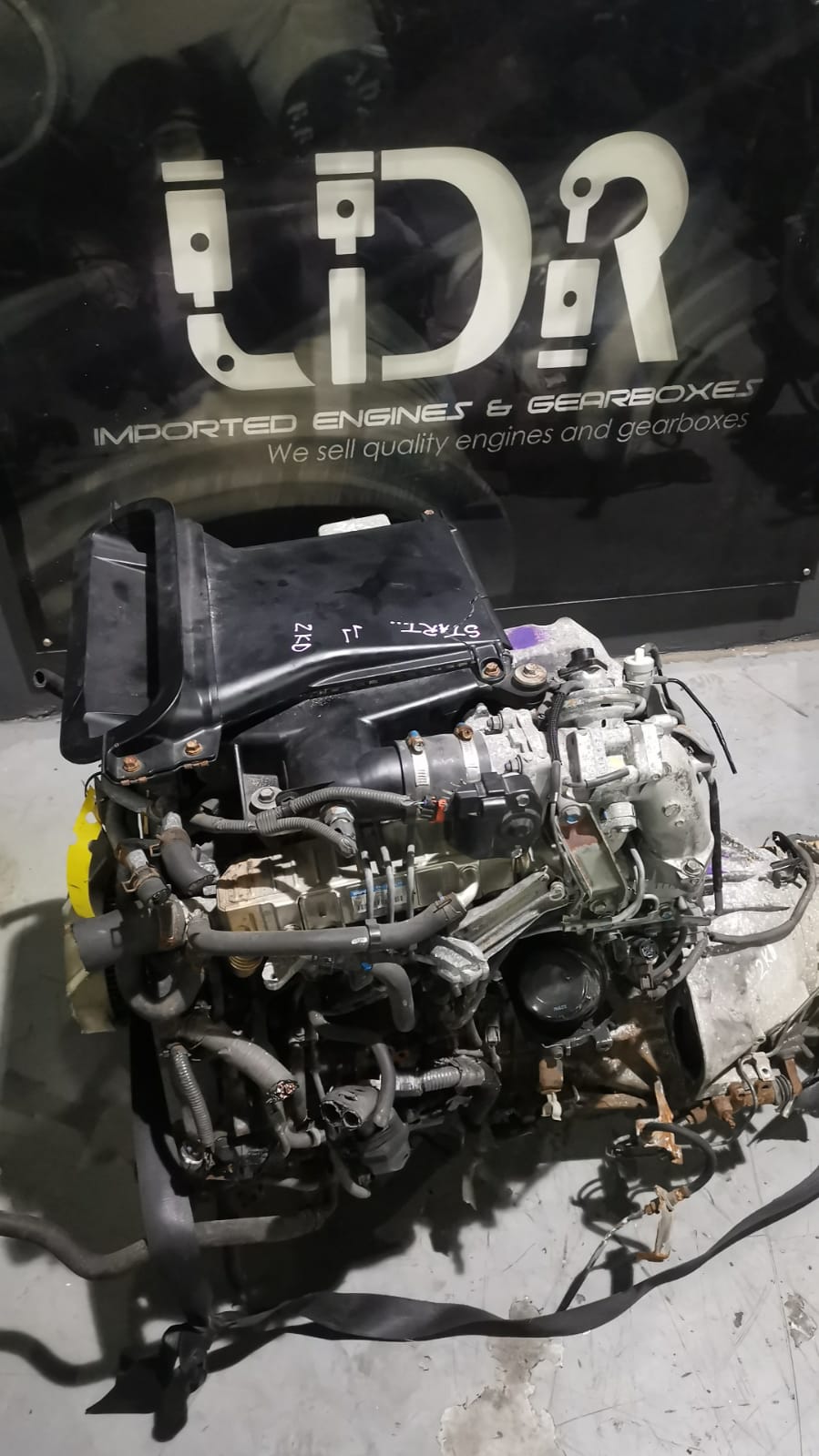Thorough Assessment of the Mechanical Parts of a Hatchback's Electric motor
Comprehending the elaborate workings of a hatchback's electric motor is comparable to untangling a complex challenge where every piece plays a critical role in the overall performance of the lorry. As we delve right into the inner workings of these mechanical marvels, a much deeper gratitude for the harmony of components that drive a hatchback forward emerges.
Pistons and Cylinders

The efficiency and performance of a hatchback's engine count heavily on the smooth operation of the cylinders and pistons. Correct sealing in between the piston rings and cyndrical tube walls is important to preserve compression and stop loss of power. In addition, the size and design of the cyndrical tubes directly impact the engine's displacement and general power output. Normal upkeep and tracking of these components are necessary to ensure optimum engine efficiency and longevity.
Camshafts and Crankshafts
Camshafts and crankshafts play crucial duties in the operation of a hatchback's inner combustion engine, facilitating precise timing and conversion of straight activity into rotational power. The camshaft, situated within the engine block, controls the opening and closing of the engine shutoffs at particular periods. As the camshaft turns, its lobes push against the shutoffs, permitting air and gas into the combustion chamber and getting rid of exhaust gases. This procedure integrates with the motion of the pistons to guarantee optimal engine efficiency.
On the other hand, the crankshaft, linked to the pistons using attaching poles, transforms the linear motion of the pistons into rotational motion. This rotational power is after that moved to the transmission and inevitably to the wheels, pushing the automobile ahead. The accurate sychronisation in between the camshaft and crankshaft is important for the engine to operate efficiently and generate power successfully. Any kind of misalignment or malfunction in these components can result in engine efficiency problems and potential damage. Routine maintenance and timely substitutes are required to ensure the smooth operation of these important engine parts in a hatchback.
Shutoffs and Timing Belts
Playing a critical role in the synchronization and procedure of a hatchback's internal combustion engine, the valves and timing belts work in combination with the crankshafts and camshafts to make sure optimal efficiency. Appropriate timing is essential for the engine to operate successfully and stop damages due to interference in between moving components.

Gas Injectors and Ignition System
Gas injectors and spark plugs are critical elements in a hatchback's engine system, responsible for the reliable shipment of fuel and ignition of the air-fuel blend. Modern hatchbacks typically make use of electronic fuel injection systems that can change fuel distribution based on various factors such as engine lots, temperature level, and rate.
Properly operating trigger plugs are click over here now important for engine efficiency, gas efficiency, and exhausts control. Normal evaluation and upkeep of both fuel injectors and stimulate plugs are crucial to guarantee the engine operates smoothly and successfully.
Cooling System and Lubrication
Offered the important function of keeping optimal engine performance and efficiency in a hatchback, the air conditioning system and lubrication mechanisms are indispensable elements that guarantee proper functioning and longevity of the lorry. The lubrication system in a hatchback site web includes the oil pump, oil filter, and numerous lubricating substances that reduce rubbing within the engine. With each other, the air conditioning system and lubrication mechanisms play an essential function in keeping the hatchback's engine running efficiently and efficiently.
Verdict

Pistons and cyndrical tubes are important parts within the internal combustion engine of a hatchback, responsible for transforming fuel right into mechanical energy. The camshaft, located within the engine block, controls the opening and closing of the engine shutoffs at specific periods.Playing a critical duty in the synchronization and procedure of a hatchback's inner combustion engine, the valves and timing belts function in combination with the crankshafts and camshafts to make sure optimum performance.Gas injectors and spark plugs are best site essential elements in a hatchback's engine system, responsible for the effective shipment of fuel and ignition of the air-fuel combination. Modern hatchbacks typically utilize digital fuel injection systems that can change gas delivery based on numerous elements such as engine rate, temperature level, and lots.
Comments on “Opel Corsa Engine: Top Tips for Upkeep and Care”